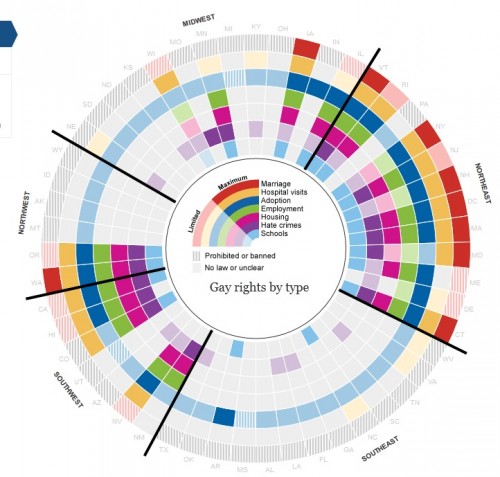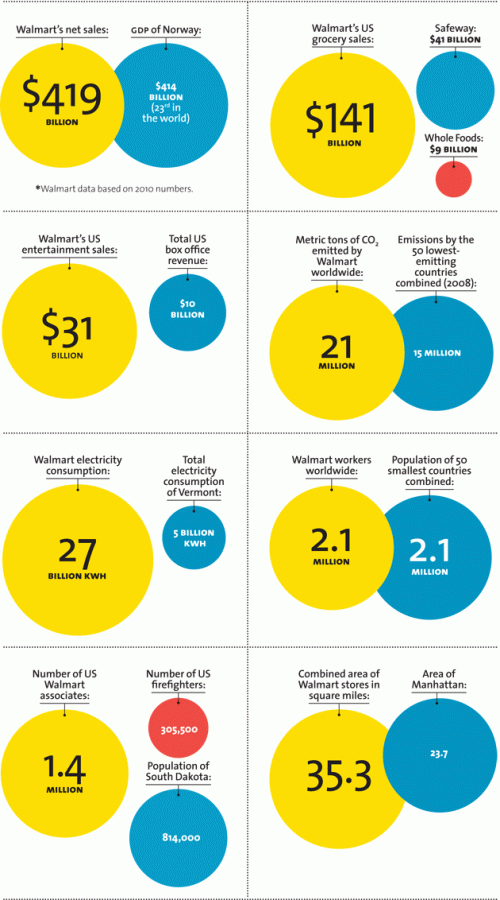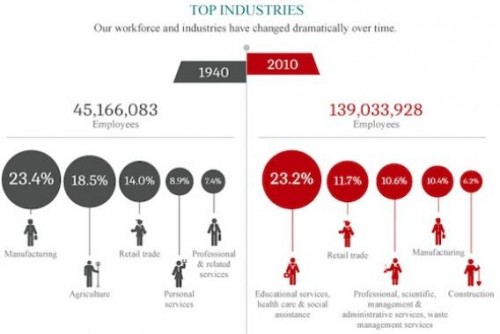Sociologists have observed that employment in the U.S. is largely structured around an assumption that the worker has no family responsibilities. The ideas that an employee should be able to work during non-school hours, stay late when needed, take off time for their own illness but never anyone else’s, for example, all presume that the workers have either no children or someone else taking care of children for them.
Most jobs, then, are not designed to be compatible with family responsibilities. Since most people doing primary child care are women, this hurts mothers disproportionately. Mothers have a more difficult time being the “perfect employee” and also face discrimination from employers. This translates into some telling numbers. Women make about 69% of what men make (not controlling for type of occupation), but most of this disadvantage is related to parental status, not sex. Women without children make 90% of what men make, while mothers make 66%. Ann Crittenden’s book, The Price of Motherhood, lays out these numbers starkly.
These issues are at the heart of this well-crafted Ampersand cartoon by B. Deutsch, which prompted this post in anticipation of Mother’s Day in the U.S.
Lisa Wade, PhD is an Associate Professor at Tulane University. She is the author of American Hookup, a book about college sexual culture; a textbook about gender; and a forthcoming introductory text: Terrible Magnificent Sociology. You can follow her on Twitter and Instagram.







